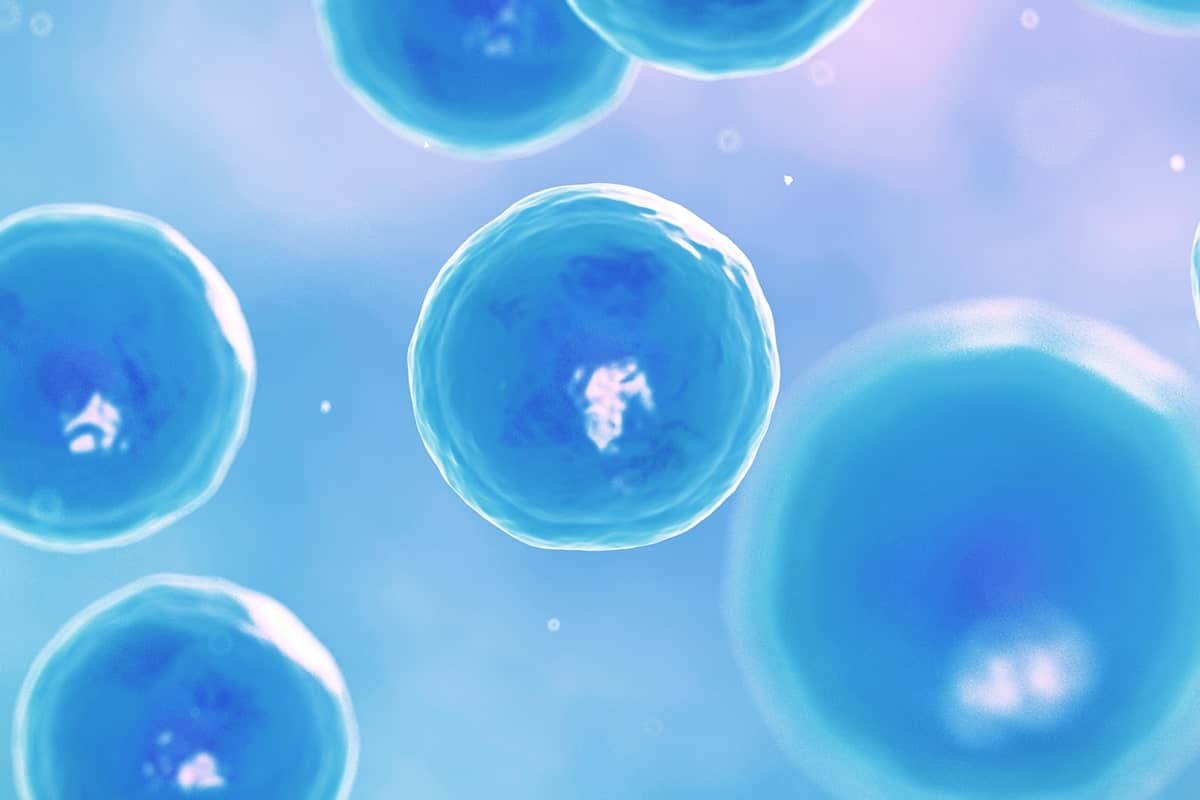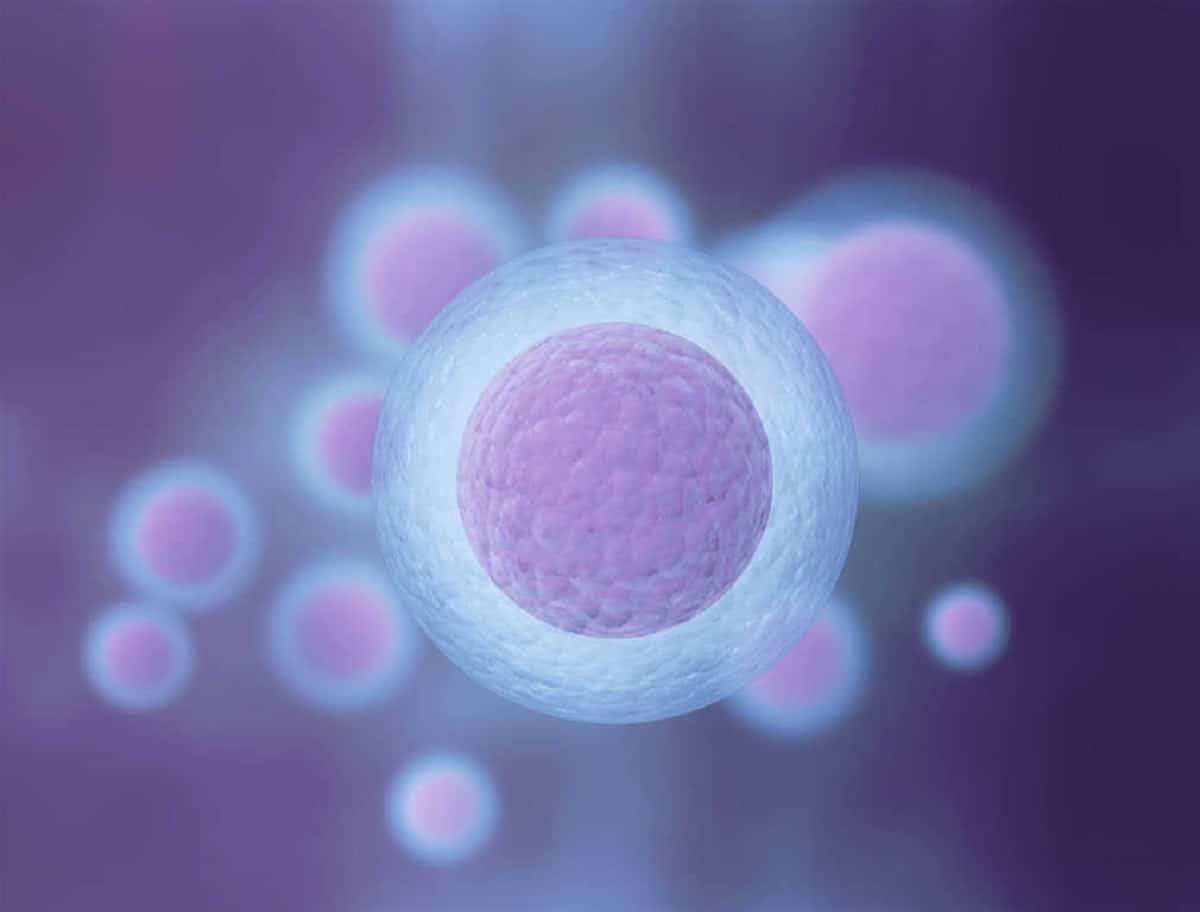
Much is said about taking advantage of what science has to offer in order to extend the time a woman decides to be a mother. However, before starting the vitrification technique - such is the name of the fast freezing process in nitrogen at 196 degrees below zero - it is important to carry out all the pertinent inquiries. Only in this way will we assume all risks of freezing eggs.
It is true that today it is increasingly common to meet women who decide postpone motherhood taking advantage of the benefits of science. But this decision carries great responsibility, both in terms of the decision that is being made and the possible risks inherent in the procedure, as well as the fact that some questions will have to be thought about around the extracted eggs.
Long-term freezing of eggs
If until a few years ago the idea of extending motherhood beyond the age of 40 was a simple utopia, science has given away a series of procedures and techniques that today give women greater freedom. Now they can choose how and when to have a baby, leaving aside age. Or at least, being able to stretch the time span a few years.
Having a baby after 45 years poses a risk for the mother and the baby because naturally the body is not in perfect condition to carry out a pregnancy. Still, many women of this age can get pregnant by taking advantage of the frozen eggs. Without a doubt, this is great news for today's women.
Today it is frequent postpone motherhood for various reasons: joined families and a second partner, profession, personal fulfillment, infertility problems, illnesses, etc. Thus, the late motherhood it becomes one option among many, surpassing the statistics that indicate that after 30, and especially after 35, fertility plummets.
Effectiveness of treatment
Here the positions are different. There are doctors who assure that “the percentage of pregnancy is not the same with embryos produced in fresh or with cryopreserved embryos. Neither in the case of ovules ”. However, other doctors believe otherwise and confirm that the chances of success are the same.

Beyond the probabilities and success stories, it is important to take the risks of freezing eggs when deciding to do the treatment. Well, although few, they are within the deck of cards. Specialists confirm that risks of freezing eggs They are minimal but still certain problems can occur. As they express, they are the same as those of the ovarian stimulation technique, carried out for in vitro fertilizations.
The most common risks of egg freezing are the possible problems during the intervention in the operating room. While follicular aspiration is being performed, bleeding or problems with anesthesia may occur. Other disorders are linked to the so-called ovarian hyperstimulation syndrome, poor response to hormonal stimulation or possible ovarian torsion. If we talk about statistics, the risk of the treatment of freezing eggs is low: 0.3% infection or hemorrhage.
Now, beyond the risks, we must also take into account other factors that make for success. Among others, there is the ovarian reserve, the number of oocytes that can be vitrified. A step further in a future pregnancy is also guaranteed by the sperm quality Well, even when the eggs are frozen, the other part is necessary to achieve a pregnancy.
"]Risk-free steps
What are the medical steps to follow to freeze the eggs? The first thing is to make an appointment with the doctor in order to make a good diagnosis of what the ovarian reserve is like, this through a simple transvaginal ultrasound, through which it is possible to perform a central follicle count. On the other hand, a hormonal study will be carried out to measure the levels of FSH, LH and estradiol on day three of the cycle as well as the anti-Müllerian hormone.
In the event of a considerable follicular reserve of sufficient quality, the woman prepares for the procedure of remove the eggs to freeze them through doses of contraceptives that stimulate the growth and maturation of the follicles as well as daily injections for a few days of subcutaneous gonadotropin. The process ends with the aspiration of the follicles after sedation.
